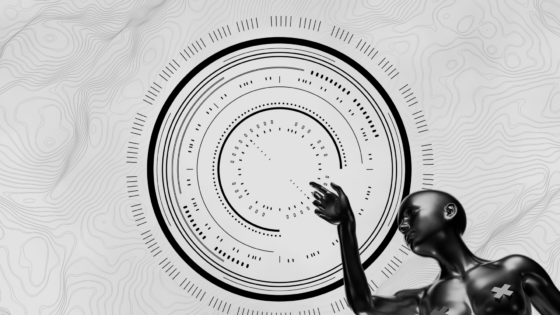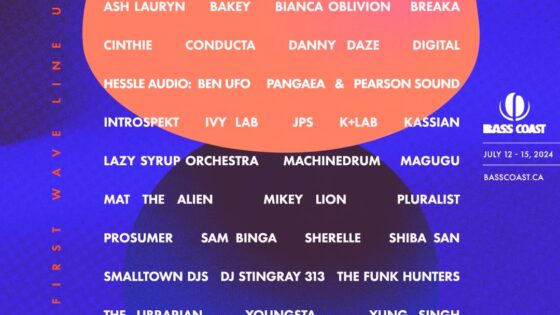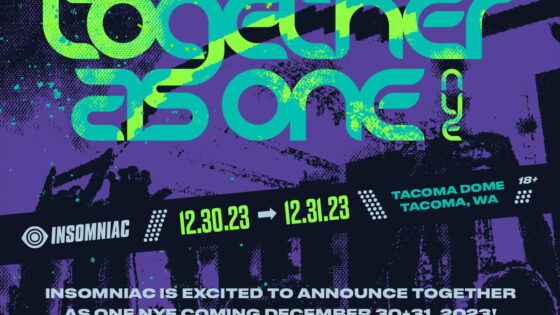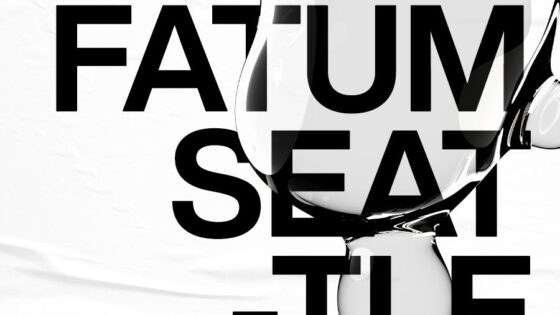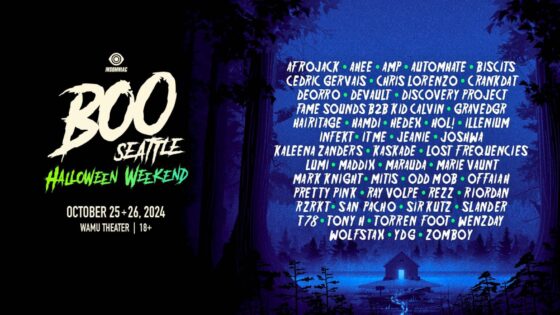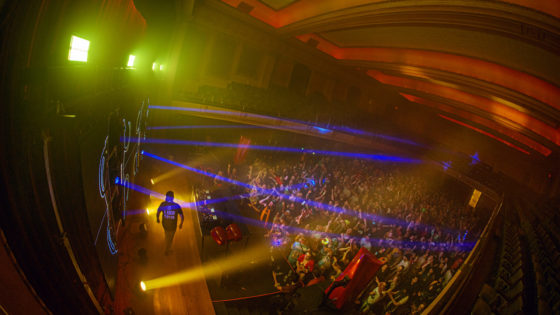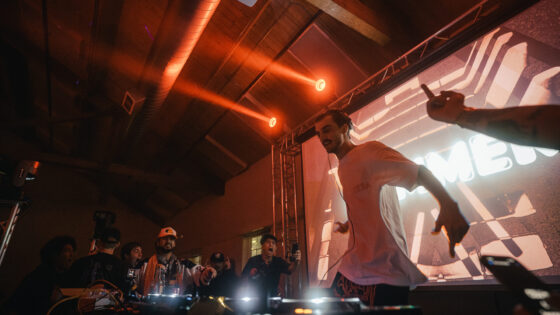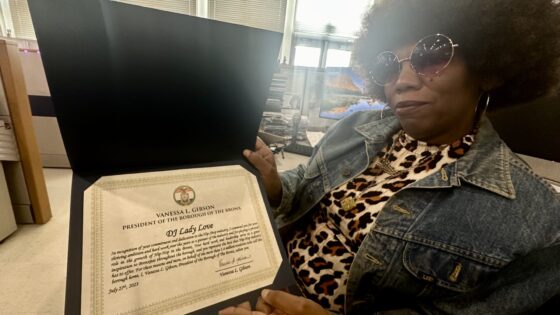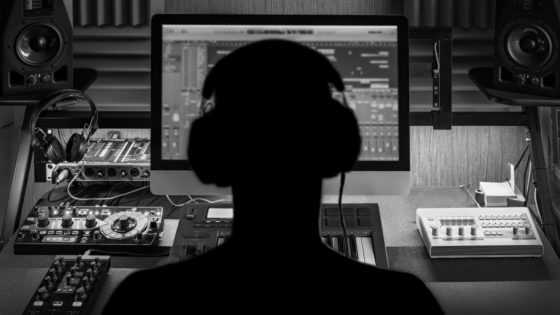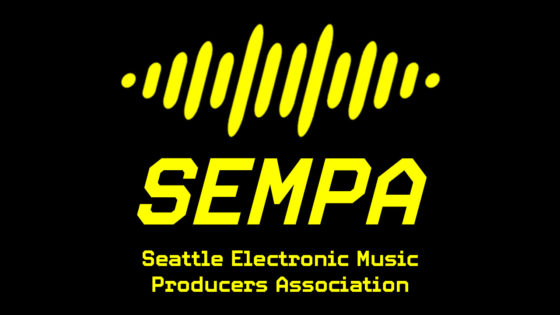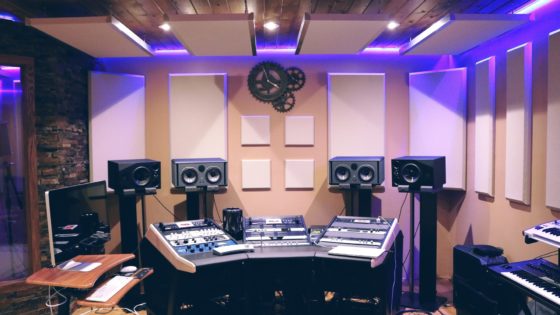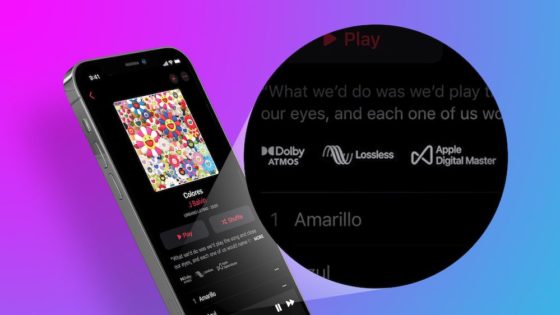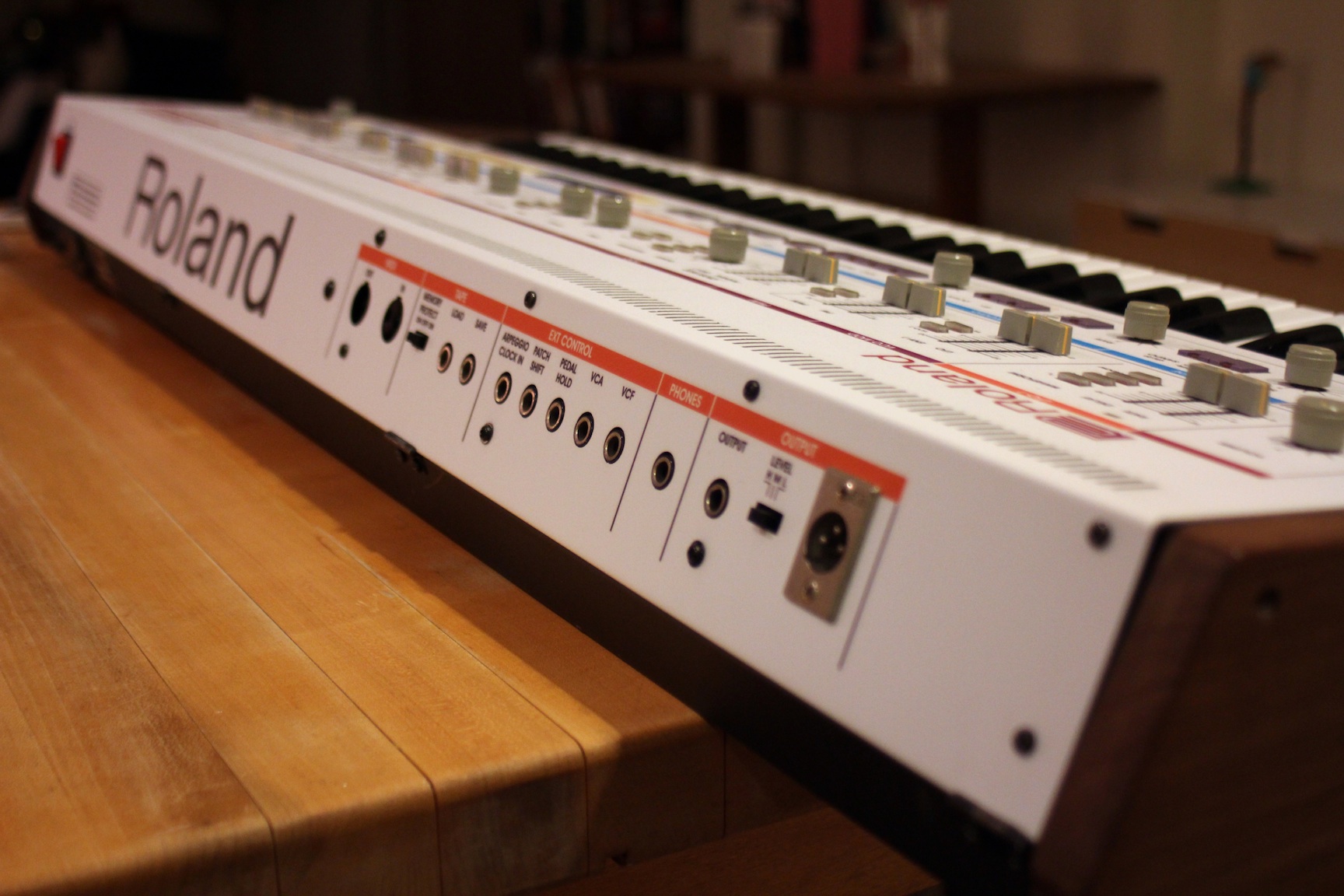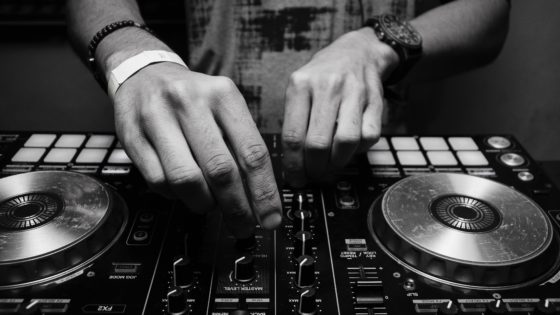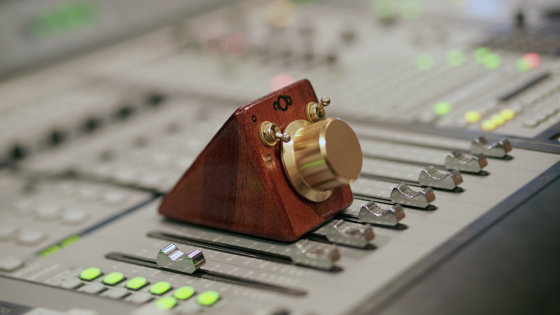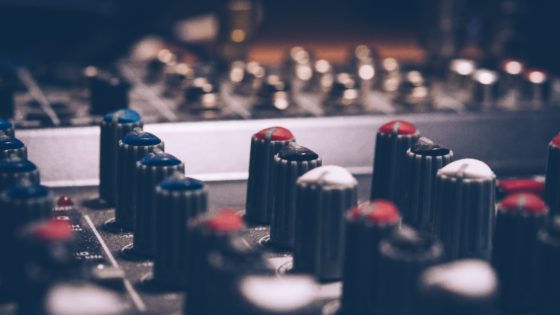If you’re into electronic music, then you’ve probably heard the term MIDI thrown around quite a bit. You may even have a decent grasp on what qualifies as a MIDI controller, MIDI note, or MIDI file. Before the days of the ever so convenient Universal Serial Bus (USB), there were huge road blocks in communication technology, especially in electronically produced music. There was no real way to connect a sound source to a controller without building them as a single unit. The creation of the MIDI standard solved a lot of problems by normalizing the transfer of musical information between software, hardware, and operating systems.
MIDI Defined
MIDI (Musical Instrument Digital Interface) is defined as a technical standard that describes a protocol, digital interface and connectors and allows a wide variety of electronic musical instruments, computers and other related devices to connect and communicate with one another. It is the method of creating, transporting and receiving messages that describe all aspects of a musical note. In practice, this is how a device can control a sound bank in (more or less) real-time, or create data to be stored and edited later on.
Where It All Began
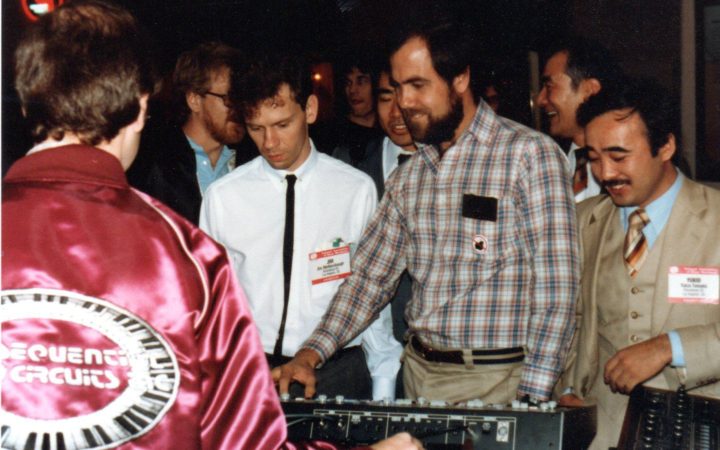
Initially, the idea of standardization was proposed by Ikutaro Kakehashi, founder of Roland (responsible for everything 808) in June of 1981. He discussed his proposition with Tom Oberheim, founder of Oberheim Electronics, and Dave Smith, President of Sequential Circuits. These gentlemen, along with many others, were more than likely frustrated by having all of this cool technology, and no legitimate way to hook it all together. So, they set out on a mission: standardize the transfer of musical information.
Along with representatives from Yamaha, Korg, and Kawai, the three of them developed the standard over the next couple years. The development was formally announced by Robert Moog in October 1982 through Keyboard Magazine, with a demonstration by Dave Smith at a NAMM (National Association of Music Merchants) show in January 1983, where Smith successfully connected two synthesizers, a Prophet 600 and a Rolan JP-6.
This was a defining moment for both electronic music and communication technology. A significant breakthrough at a time when computers had roughly 64 KB of memory (you’re probably running around 8 GB), and devices from different companies didn’t always “play nice” with each other. Now they could. Now, every cool synthesizer and sampler being built had the potential to sync up and send musical information to one another.
A Bit More
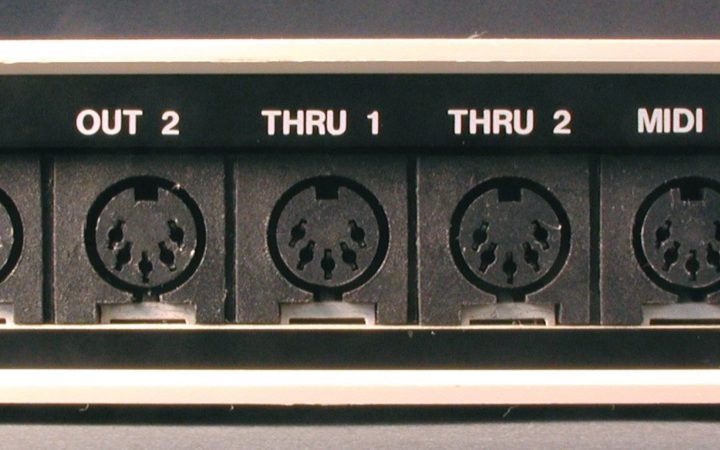
One reason MIDI has become so successful is that it uses relatively minimal memory. The information sent between devices is grouped into messages, with words made up by bits (those lovely little 1’s and 0’s). Each word in a standard message has ten bits: one bit defining the word as status or data, with seven bits of information, all framed by a start bit and a stop bit. These messages contain all of the necessary information needed by a device to produce a specific sound. They include everything from pitch and velocity to panning and clock signals for synchronizing tempo.
SysEx
While normal MIDI messages carry the essentials, another degree of control was required by the industry. This is where System Exclusive (SysEx) messages come into play. SysEx expanded on the original MIDI spec by allowing you to send custom commands through your system. These types of messages are addressed to a specific device in a system, and are ignored by everything except the intended recipient.
SysEx is a huge reason why MIDI has remained the standard for so long. Giving manufacturers a way to control parameters unique to their instruments has left copious amounts of room for flexibility and compatibility among devices. This has led to the common practice of using SysEx to dump and load patches (sound settings). Saving the complex synth parameters to recall or edit later on is quite handy.
Additionally, SysEx granted the ability to send transport control (stop, play, rewind, etc.) commands via MIDI. Devices like tape machines could now be controlled by other devices using the standard, and was aptly referred to as MIDI Machine Control (MMC). This opened things up quite a bit for synth manufacturers, since they were finally able to include play/stop/record buttons as well as faders/knobs on their devices.
Closing Thoughts
MIDI paved the way for the development and marketing of thousands of synthesizers. Without a compatible communication standard for electronic musical devices, EDM would not be where it is today. The added adaptability of SysEx, creating extra space for customization and MMC, along with the fact that music theory has remained roughly the same for several centuries, has given MIDI the future-proofing needed to keep its place as the industry standard.
Check out The MIDI Association, established by the MIDI Manufacturer’s Association (MMA) earlier this year, for any and all things MIDI!
Important things happen in Pacific Northwest nightlife, and DMNW will send you alerts!





